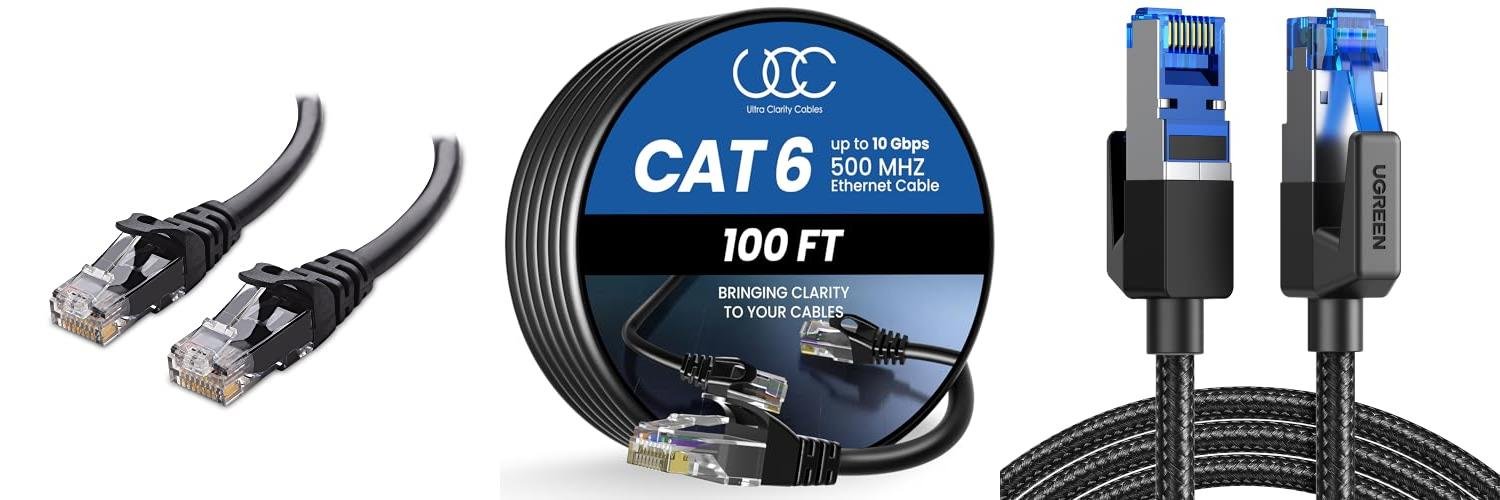Top 5 Cat Carriers for Long Road Trips Reviewed
Does the thought of a long road trip with your feline friend fill you with a mix of excitement and dread? You’re not alone! While the open road calls, taking your cat along can be a real challenge. Finding the perfect carrier isn’t just about picking a pretty bag; it’s about ensuring your kitty stays … Read more









